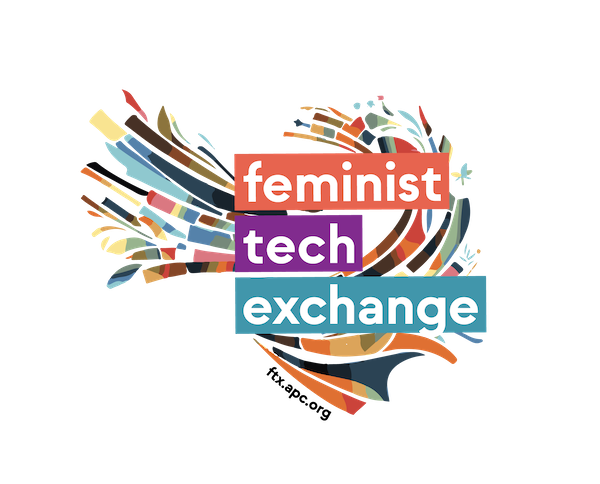Building the cosmovision
What is cosmovision?
What do we feel when we see a flock of birds? What is our first thought when we notice that a child has suffered a fall? What do we reflect upon when observing a sunset? To the ideas, sensations, beliefs, and values that permeate our being and feeling of the world, we call it Cosmovision. This perception is connected to the understanding and interpretation of an I, as an individual and collective subject. It encompasses the set of values, ideas, and practical options by which a person or a collective affirms itself. Quite often these are not even fully known to us. It has to do with the place where one lives, one's culture, the notion of time one lives at, emotions, and also notions of ethics and morals. In practice, cosmovision helps us to interpret the world we live in and relate to.
First step [activity]
The cosmovision is linked to the understanding and interpretation of a self, an individual or a collective subject. It encompasses the set of values, ideas, and practical options by which a person or a collectivity affirms itself. Many times this happens in an unconscious way, but here we invite to a conscious reflection on these issues. All this often starts from the place where one lives or wants to live, from a culture, from the time in which one is inserted, from emotions, and also from ethical and moral notions. In practice, cosmovision helps to interpret the world we live in and how we relate to it. So this first step is an invitation to create and prepare a universe, a world and its cosmovision, to which you will invite the participants to inhabit it. It is like preparing the ground, fertilizing and watering the soil, so that the seeds can be sown and thus germinate healthy and strong.
At this stage, the facilitators can count, if possible, with the help of different resources such as inspiring materials, artistic, political, cultural references, etc. If there is this option, think about the possibility of counting on the work of a visual artist or a designer who can also help in the construction of the visual identity of your Monster Gincana, but this is a suggestion. The important thing here is bringing and activating creativity to summon all the elements that will compose the universe of your Monster Gincana from now on.
Who is this activity for?
For the people who will facilitate the Gincana learning.
Estimated time
6h (+ rest breaks).
Resources
-
Supplies: card stock, miscellaneous art expression materials, craft paper, a notebook, pencils, markers, pens, and so forth.
-
Equipment and infrastructure: panels ( to stick the cards), projector, tables and chairs for group formation, etc.
Shappening the cosmovision for your Gincana Monstra [activity]
This script was developed for a meeting of 6 facilitators who were creating a Digital Care Gincana project. The construction of the Cosmovision took place in 1 day of in-person activity, in a meeting that lasted 5 days.
There are several possibilities for the construction of a cosmovision for a Gincana, our suggestion is that, if possible, it should be done with the whole group that will compose/construct the learning process. This way, not only a common language will be built among everyone, but also a dream to be shared.
The important thing for this activity is to create a trustful environment that invites imagination and creativity, a brainstorm without judgments, where everything is possible, so that ideas can flow, being registered and organized, until the collective unconscious guides everyone towards an intention/image/idea that embraces the group's wishes.
This activity can be as simple as calling an artist you admire and doing a guided chat with a predefined script of questions, or as playful as the script presented below.
Who is this activity for?
For all the people who are/will be building the Gincana.
Number of participants
We suggest 4 to 12 people.
Time estimate
May take place during the entire meeting, but a minimum of 6h recommended.
Format
In-person.
Resources
Any possible art and writing resource for self-expression: large table or area on the floor covered with cratf paper.
Extra: Documentation, inspiring references and staff
Documentation
a. The documentation of the meeting that gave life to the idea of a digital care Gincana took 5 days and was registered in a big timeline made with card stocks on the wall of a meeting place. This timeline has been visually organized, photographed, printed, clipped and assembled together with other topics that traversed the meeting (such as recipes, references...). Also, it was compiled into a big zine, which ended up being a creative design/concept note that helped us to get support and funding for the activity.
Besides the digital camera used to photograph the sketchbooks and the timeline that eventually was turned into a zine, we also had an instax camera to photograph ourselves and some particulars throughout the activities.
b. All the participants received an individual sketchbook to make drawings and notes of the several activities during the meeting. The documentation was shared in the form of photographs, which were printed along the activity and pasted on the wall with the other documentations.
c. All the sessions had people responsible for documenting both the practical and the subtle aspects, always visually organized on the timeline that would serve as a support for the next activity.
Inspiring references
At the lounge used to welcome people and occasional chill-out moments, we played inspiring videos from camps, Gincanas, meetings and festivals.
Ex:
- Green Earth Awakening is a Buddhafield project:
https://www.youtube.com/watch?time_continue=17&v=MiVnH01GrwI
- "One Great Forest: No gods No masters Festival 2018":
- CCC Camp 2019:
https://www.youtube.com/watch?v=o0dpe4oPvH8
Staff
All the activities of catering, organization, facilitation and cleaning during the activity was done together by our team as a way to exercise partnerships, division of labor and also to get to know each other a little better.
